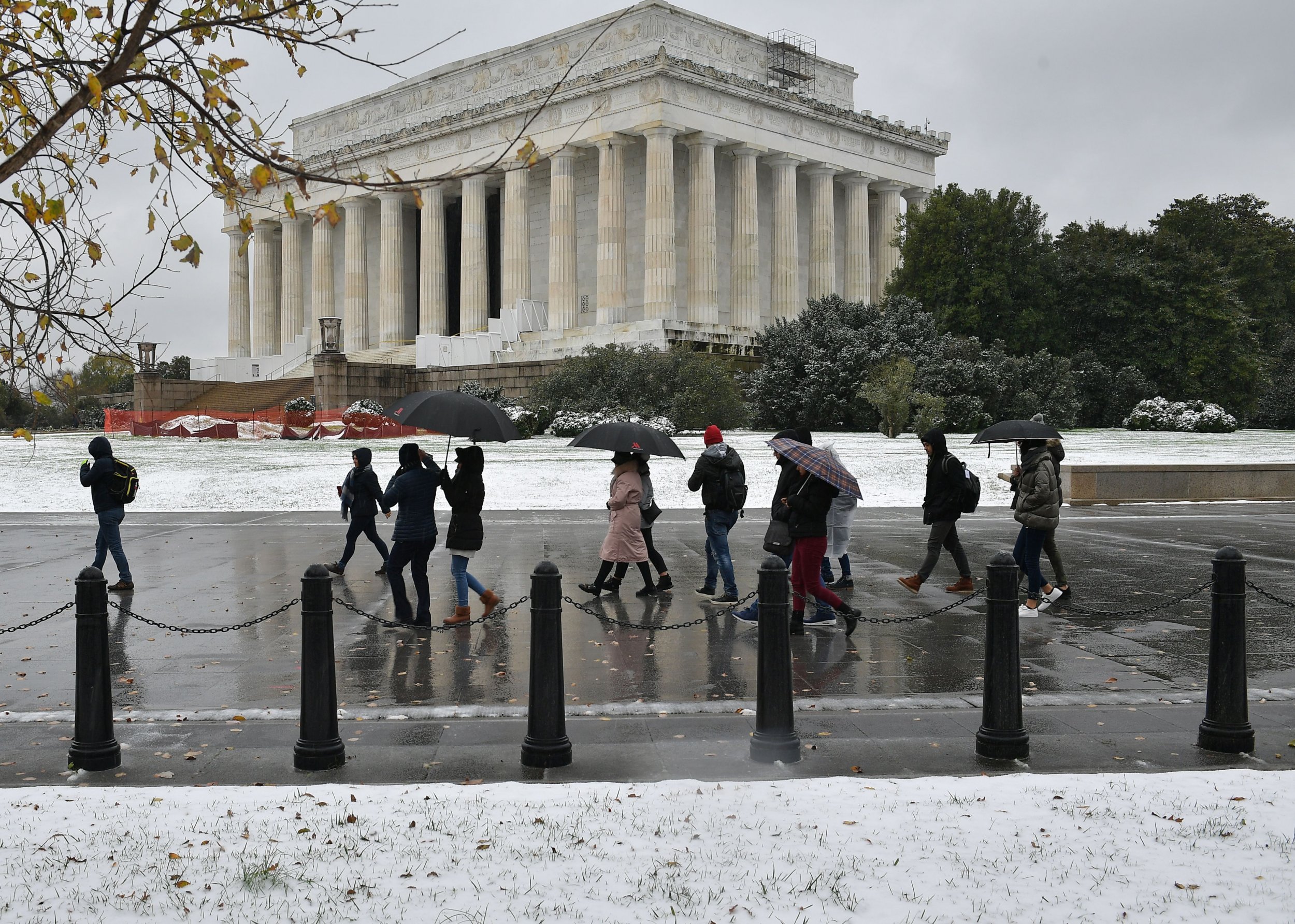

According to the local news outlet Cape and Islands, the owners have been seeking permission to move the home away from the water's edge. The home seen in Timmer's video footage had been at the center of a zoning dispute in recent days. Timmer reported that many cottages in the area had been damaged or destroyed. Snowfall can be seen accumulated on the parts of the beach that weren't ripped into the ocean by the powerful waves. The skies were clearing there early Sunday, but at least one Ballston beachfront home was left standing precariously after heavy surf washed away large sections of the beach. Timmer was positioned near the northernmost point of the cape. There, Timmer captured a wild scene of ferocious winds hurling sand and snow and also said the storm was causing significant coastal erosion, threatening some properties in the process.Īs the sun rose Sunday morning, jaw-dropping images captured by Timmer showed the extent to which the nor'easter's wrath caused coastal erosion along the beaches of Cape Cod. Extreme Meteorologist Reed Timmer was in the heart of the storm on Saturday in Truro on Cape Cod, where a wind gust of 99 mph, or the equivalent of a Category 2 hurricane, was confirmed. The nor'easter packed its most significant punch for southeastern New England, where winds greater than hurricane force (74 mph or higher) were recorded on several coastal observations. Officials urged residents to avoid unnecessary travel and several states implemented commercial vehicle restrictions. Saturday as it tracked up the Eastern Seaboard.Īhead of the blockbuster storm, governors in New York, New Jersey, Massachusetts and several other states issued state-of-emergency declarations. The storm became a bomb cyclone when it rapidly strengthened, or underwent bombogenesis, over the course of 24 hours from 1 p.m. By Sunday morning, power was being restored for many households, with outages across Massachusetts at more than 3,400 by Sunday night. Power outages weren't widespread in the Northeast, but the number of outages topped out at more than 120,000 in Massachusetts at one point Saturday evening, according to PowerOutage.US.

Numerous locations reached double-digit snow accumulations in Maryland, including as much as 14 inches in Ocean Pines, just to the northwest of Ocean City.
/cdn.vox-cdn.com/uploads/chorus_image/image/59106221/bomb_63.0.jpg)
Maryland State Police said officers responded to more than 150 crashes throughout the state on Saturday and more than 120 disabled or unattended vehicles. As far south as Maryland, the storm wreaked havoc on the roads. On Interstate 95, two tractor-trailers overturned in New Rochelle, just north of New York City Saturday as conditions deteriorated, NBC New York reported, causing the highway to be shut down for a time. Amtrak canceled service on its Washington to Boston route through Sunday.

Nearly 1,000 flights were canceled on Sunday across some of the Northeast's busiest airports. The storm brought travel to a standstill as it caused thousands of flights to be canceled throughout the region, and many more to be delayed, according to the flight-tracking service FlightAware. In total, eight states experienced blizzard conditions. Blizzard criteria, defined by forecasters as a storm that brings sustained winds or wind gusts of 35 mph or greater and visibility less than one-quarter of a mile for three consecutive hours, were also met on Long Island in Suffolk County, New York, and parts of Connecticut, Rhode Island, and Massachusetts, including Boston. Blizzard conditions were confirmed in Atlantic City, which measured 16 inches of snow, and Cape May, New Jersey, as well as the Delaware beaches by the National Weather Service.


 0 kommentar(er)
0 kommentar(er)
